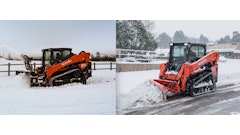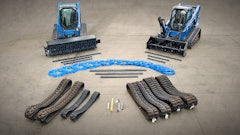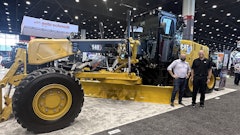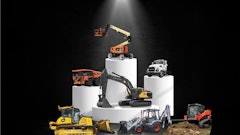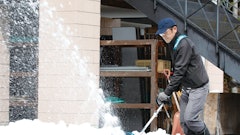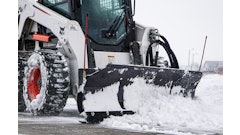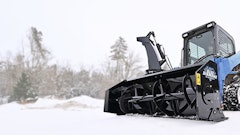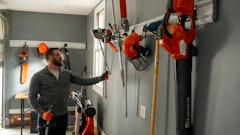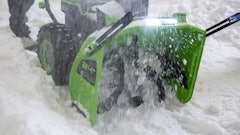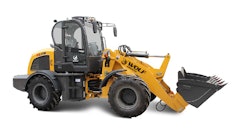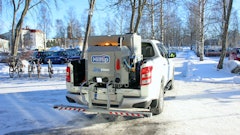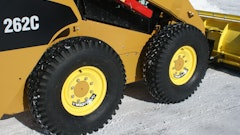This article was originally published by the Snow and Ice Management Association (SIMA)
How do you know how the season went for your company? What can you review to evaluate the season as a whole?
Your team tells all
A good indication of how the season went will come directly from your team. How do they feel about the season? If your team is relatively pleased, that’s a good sign that your capacity to demand is right sized.
Winter operations can be very demanding and stressful. It’s tough on your team if you’re not paying attention to the demand storm after storm can take on the staff. If they are worn out, feel unappreciated or are unwilling to face another winter with the way things went this season, this is not a good way to start the spring season, nor is it a way to operate in general.
Spend time gathering feedback and understanding the challenges and successes each department faced throughout the season and what processes, if any, need improved or changed going forward.
Ask your customers
Another key indicator of how the season went is your customers’ satisfaction. Did you lose anyone along the way due to performance failures or unmet expectations? Did you receive praise from your customers about how well their sites looked after service?
When monitoring customer satisfaction, paid receivables are a healthy sign, just as old ones are a concern. If your customers are paying you on time, you’re likely in a good position with them.
Check in with your subs
If you use subcontractors, are you satisfied with their performance? On the flipside, did they like working for you and do they want to remain a part of your team? If you cannot keep subs happy and they do not want to continue working for you, find out why.
Subcontractor performance is an important component to customer satisfaction and to growing your business. Solid delivery always puts you in a good spot with the customer, and subs allow you to increase capacity. Make sure you, your subs and your customers are on the same page about how the season went.
Timing of review
Gathering all this information can be beneficial, but it’s just empty data unless you do something with it. That’s when organizing a formal snow season debriefing and implementing an action plan to change any processes that negatively affected the company this season comes into play.
Ideally you should plan a documented debrief of the season shortly after it’s over (perhaps now). Winter is over and your demands may shift to other aspects of your business, but don’t make the mistake of not making time to do the debriefing.
If you can take a couple of hours to sit with key management and staff members from all departments, then you will get some great notes that you can later drill down. Sales staff, key operations members, administration and fleet managers all need to come to the table and share their successes and concerns about the season.
Every area of your business is affected by the good, the bad, and the ugly of winter, and everything runs smoother when your team is in sync. A debriefing with personnel is essential so that each department knows what is going on, resulting in fewer surprises. Plus, departments can support each other only when they understand the challenges each of them is facing.
Put your review to work
Once you’ve gathered feedback and conducted your formal debrief, you can identify areas of the business that are working well and can meet demand, as well as areas that need improvement. Now you need to generate a plan so you can work on these items before next season.
Depending on how early your next season begins, you need to determine when you can take an in-depth look at the past season and make preparations to improve any area of your snow operation as needed.
Set aside several three- to four-hour windows to achieve this since it’s unlikely you’re going to get to it all or solve it all in one or two meetings. But you can identify the items you want to gain insight and knowledge on so you can make decisions more quickly and move forward before it is winter crunch time again.
Mike Rorie has been a participant in the snow and ice industry for over three decades. He is now a supplier to the industry as the CEO of GIS Dynamics, parent company to Go iLawn and Go iPave. Contact him at [email protected].
Interested in subscribing to SIMA's magazine?

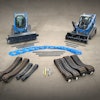

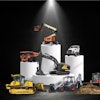
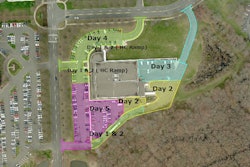
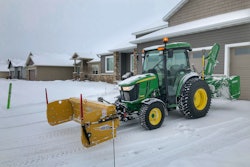
![[VIDEO] Following Federal Regulations for Snow Equipment](https://img.forconstructionpros.com/files/base/acbm/fcp/image/2016/09/default.57ebe41aca913.png?auto=format%2Ccompress&fit=crop&h=167&q=70&w=250)

